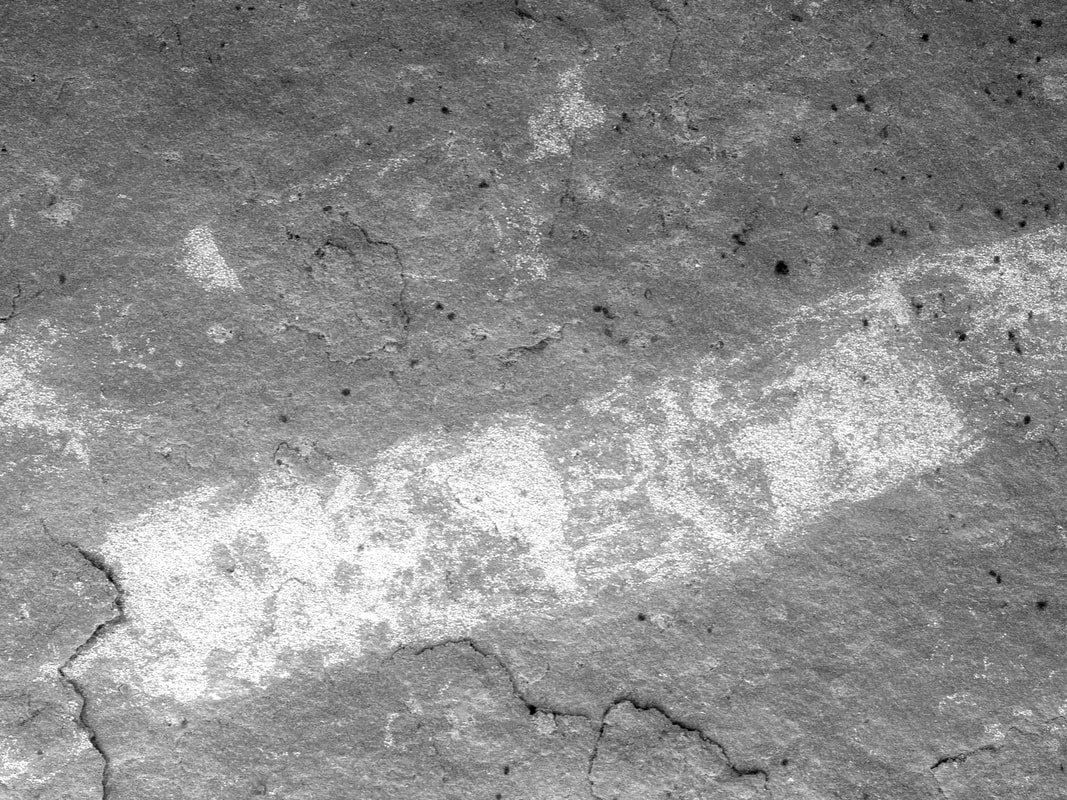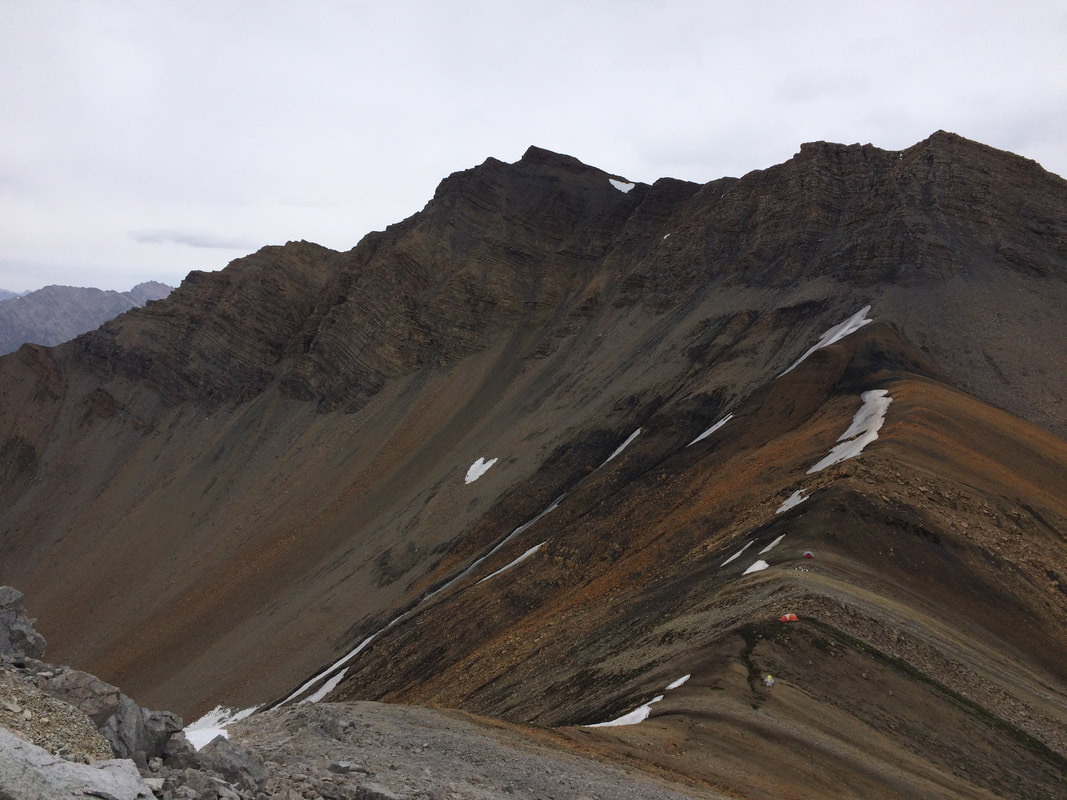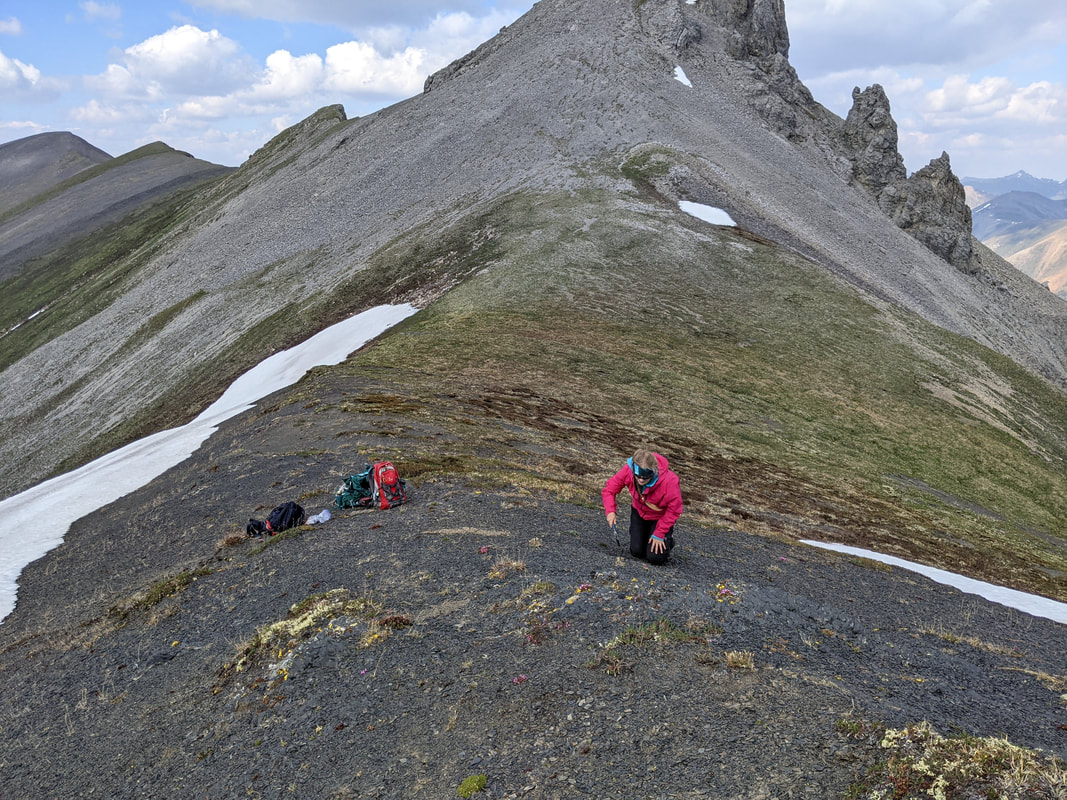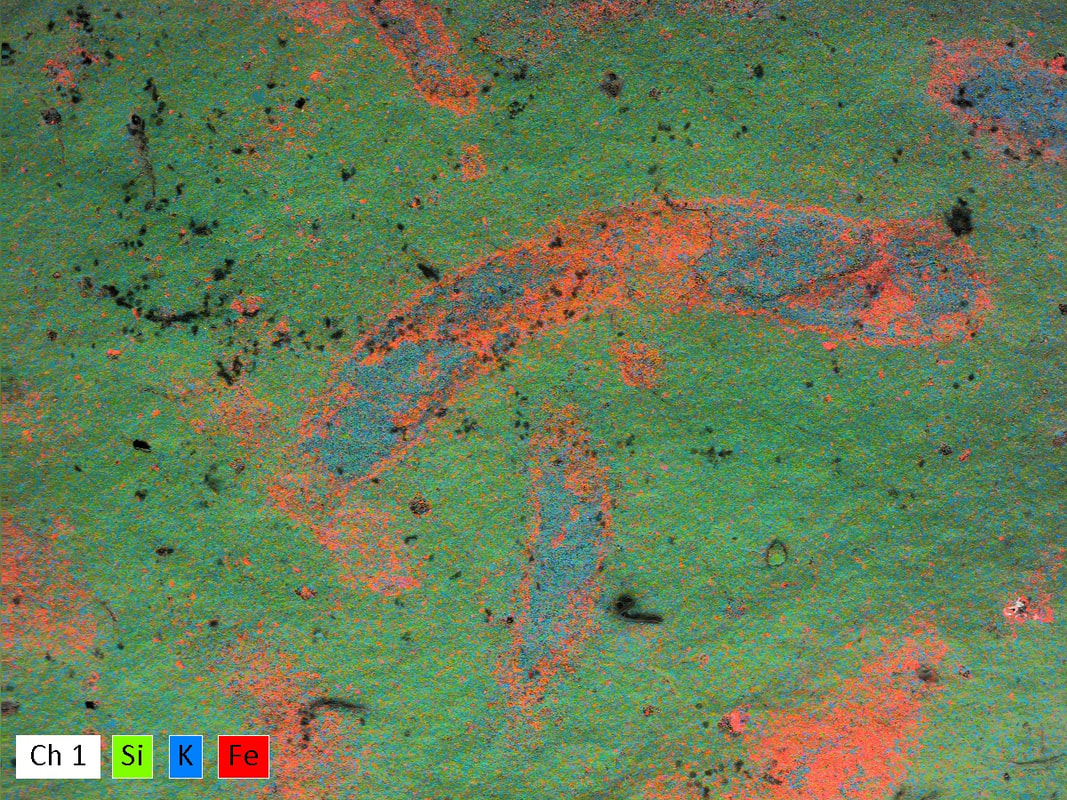SUMMARY
The goal of my research is to understand the co-evolution of the biosphere and geosphere. I use field-based facies analysis integrated with geochemical, taphonomic, and geochronological constraints to understand the paleobiology and paleoecology of Proterozoic life and evaluate biases in the fossil record that obscure our view of our earliest ecosystems. Much of the uncertainty regarding evolution of life stems from limited fossils with detailed geological context. I place enigmatic organisms within a geological framework to determine the role of the organisms within their ecosystem and their position on the tree of life. By investigating ancient ecosystems, I provide insight into ecosystem evolution during profound climate change on our Earth, which will aid in addressing modern challenges related to sustainability and biodiversity.
RESEARCH THEMES
Diversification and evolution of early eukaryotic life
|
One of the most consequential biological events in Earth’s history is the expansion of algae into marine environments where they subsequently transformed seafloor environments and reorganized the biological pump. In my PhD, I discovered new, ca. 950 Ma, cm-scale fossils in Yukon, interpreted as eukaryotic macroalgae with a likely green algal affinity (Maloney et al., 2021 Geology). I developed formal taxonomic descriptions (Maloney et al., 2023) and a taphonomic model to describe the geobiological processes that aided in their preservation (Maloney et al. 2022, Scientific Reports). These fossils have redefined our knowledge of the Tonian algal ecosystems based on their unusually large size and complexity. The paleoenvironment has been constrained by geochemical (redox proxies) analyses. My current research focuses on refining our understanding of the evolution of early life by determining whether eukaryotic ecosystems were restricted or widespread during the Tonian Period (1000 to 720 Ma).
|
Paleoecology and paleobiology of Ediacaran ecosystems
|
Investigating the emergence and disappearance of the first large, complex life is crucial to understand evolution and extinction. I have utilized paleoenvironmental analysis to determine the environmental factors that would influence the distribution and preservation of Ernietta, a classic member of the Ediacara biota. I found the stratigraphic range of Ernietta in Namibia is more restricted than previously thought with Ernietta thriving in environments with medium flow velocities and periodic clastic sediment supply (Maloney et al., 2021 Paleo-3). The results of this research and Ernietta population data aided in additional studies investigating the organism’s feeding strategy (Gibson et al., 2019 Sci. Adv., 2021 Front. Ear. Sc.). I contributed to revised ichnostratigraphy for Namibia (Darroch et al., 2021, ESR; Turk et al., 2022 J.Paleontology) and I am currently working on Vendotaenia samples.
|
Paleoenvironmental reconstruction of critical transitions in Earth’s history
|
My research uses geobiology to understand life and global change through time. Proterozoic paleontology provides crucial insight into the evolution of ecosystems and biotic responses to environmental change. However, paleoenvironmental analysis can also be applied to younger rocks to gain an understanding of their influence on our daily lives. I am contributing to a project to make geoscience information about the Niagara Escarpment accessible to the public. The region is home to 7.5 million people and documents an important time in Earth's history as an Ordovician-Silurian tropical sea. This geologic feature influences the movement of groundwater and contaminants, transportation, agriculture, and tourism throughout Southern Ontario. Local fieldwork is an important component of geoscience research to ensure we can communicate how the local geology affects the environment today.
|
RESEARCH METHODS
Field Methods
|
My research is fundamentally field-based and linked to sedimentary processes that govern basin fill. I have mapped, collected samples, and measured the stratigraphy in remote field sites including Ontario, Namibia, Iceland, and Arctic Canada. Samples are collected for microfossil analyses, chemostratigraphy, and petrography. Organic-rich shales can provide geochronological constrains (ex. Re-Os) and insight into ocean habitability including the local oxygenation conditions (isotopes, iron speciation, trace elements) and the availability of nutrients required by algae to sustain their growth (ex. N and P). Field data combined with paleontological (macro/microfossils), sedimentological (facies analysis, sequence stratigraphy), and geochemical (ages, redox) analyses will aid in reconstructing paleoenvironments.
|
Lab Methods
|
Paleoenvironmental analysis also requires assessing biases in the fossil record. In laboratory studies, we can assess the preservation of fossils using analytical microscopy (e.g., EDS, SEM) and we can simulate decay processes to understand the fossilization process. Documenting the evolution of soft tissue animals and non-biomineralizing algae is a challenge because interpretations of these organisms depend on our ability to recognize preserved morphological characteristics. I am specifically interested in how these characteristics are preserved in different organisms (e.g., cyanobacteria vs. algae) and the role of heavy metals in the preservation of cellular level tissues. Experimental taphonomy integrated with field studies is a vital next step to interpret fossils and their habitats.
|





